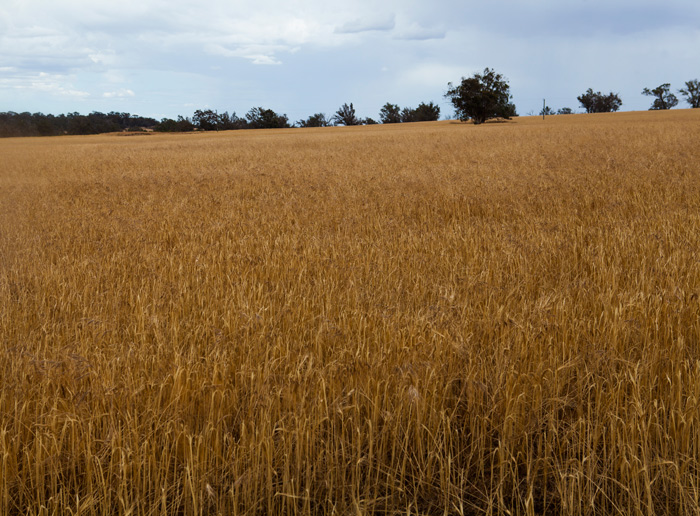Brome grass: the up-and-coming BIG DEAL for croppers in southern Australia
Brome grass is one of the two “weeds-to-watch” for southern farmers. The other is wild radish in its many combinations of herbicide resistance.
 Brome grass swamping a fire break - a great source of weedsI talk about brome grass and not rigid or great brome, as I do not know anyone who can tell them apart in the paddock. In a lab under a binocular microscope, it is possible. For management purposes they should be considered the same species.
Brome grass swamping a fire break - a great source of weedsI talk about brome grass and not rigid or great brome, as I do not know anyone who can tell them apart in the paddock. In a lab under a binocular microscope, it is possible. For management purposes they should be considered the same species.
Brome grass is on the increase with the increase in minimum tillage because of limited availability of effective in-crop herbicides, delayed germinations and an ever expanding spread of herbicide resistant populations, particularly to Groups A and B. There are now 3 populations of brome identified resistant to glyphosate – two in South Australia and one from the Victorian Mallee.
The other problem is its ability to shatter. I passed a barley paddock near Kojonup, Western Australia, in late November which had a massive infestation of brome grass visible. When I passed the same crop two weeks later, most of the brome seed had dropped to the ground (see below). For harvest weed seed management to work here, the barley should have been harvested as soon as it was ripe.
 Now you see it, now you don't - heavily infested barley crop where brome has shed after two weeks.Follow the link below to read a comprehensive interview with Chris Preston, University of Adelaide, regarding management of brome grass.
Now you see it, now you don't - heavily infested barley crop where brome has shed after two weeks.Follow the link below to read a comprehensive interview with Chris Preston, University of Adelaide, regarding management of brome grass.
